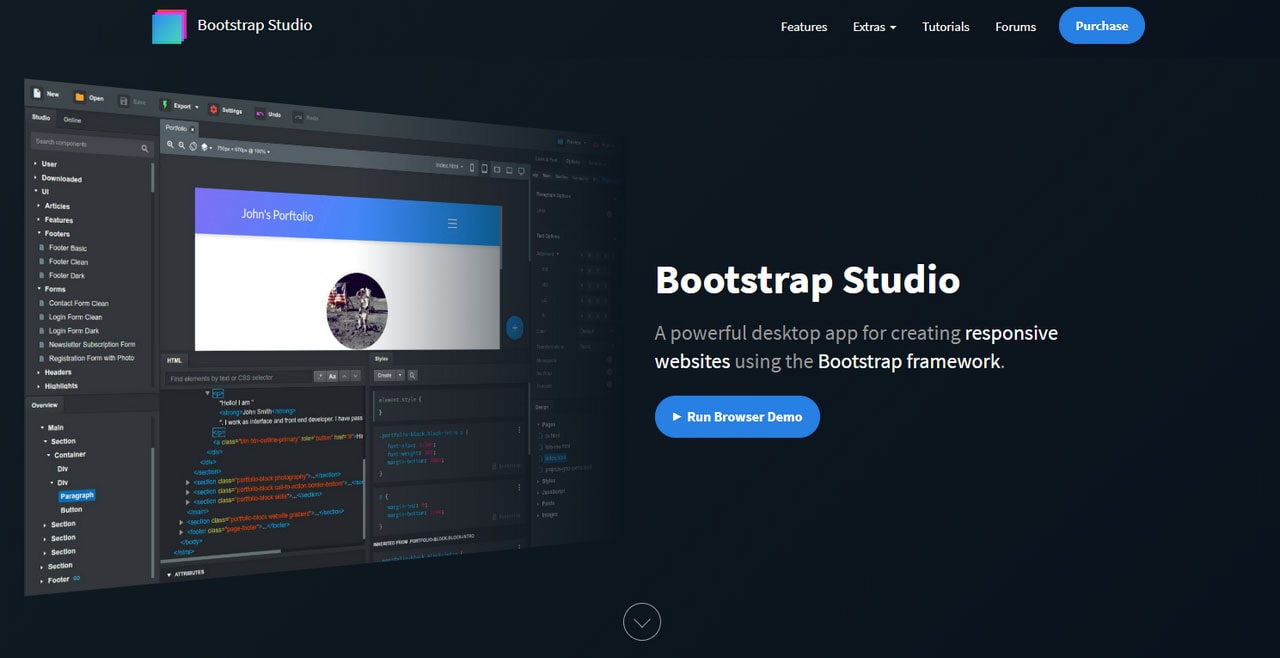
scripts - Meta scripts used to make the project workflow easier (e.g., watch-less, jekyll).lib - Organize pre-compiled files here (e.g., raw Bootstrap).- The compiled CSS file incorporating Bootstrap and your overrides (more on this later).bootstrap.less - The main Bootstrap file moved from the raw Bootstrap directory in lib/bootstrap this is the primary LESS file and will incorporate all others into.bootstrap-extended.less - This is a custom file used to extend Bootstrap's styles "jumbotron" classes are included here.assets - All styles, fonts, images, and JavaScript.A partial HTML file for the site's navbar.A previously-written README.md file to avoid internal edits on the document.

 _includes - Any partial that you would like included in the pages, like:. Italicized directories are not strictly required by Jekyll - in fact, we specifically ignore them in _config.yml with the line exclude: docs/, lib/, scripts/ - but they make the project easier to manage. Once you have the empty branch, create this directory structure. GitHub requires that you create an orphan branch called gh-pages to contain your Project Pages. What I got was really an enhanced README file (thanks to some jQuery and Bootstrap), which is exactly what I wanted. GitHub's Jekyll allowed me to essentially embed the file as a partial. I wanted a stylish "brand" page for my project, and I wanted to reuse the README file I had created without a lot of copy/pasting. Jekyll, GitHub's static site generator, and Bootstrap were used to create Whispernote's GitHub Project Page.
_includes - Any partial that you would like included in the pages, like:. Italicized directories are not strictly required by Jekyll - in fact, we specifically ignore them in _config.yml with the line exclude: docs/, lib/, scripts/ - but they make the project easier to manage. Once you have the empty branch, create this directory structure. GitHub requires that you create an orphan branch called gh-pages to contain your Project Pages. What I got was really an enhanced README file (thanks to some jQuery and Bootstrap), which is exactly what I wanted. GitHub's Jekyll allowed me to essentially embed the file as a partial. I wanted a stylish "brand" page for my project, and I wanted to reuse the README file I had created without a lot of copy/pasting. Jekyll, GitHub's static site generator, and Bootstrap were used to create Whispernote's GitHub Project Page. 
Creating Whispernote's GitHub Project Page







 0 kommentar(er)
0 kommentar(er)
